August 13, 2025
Inside a Children's Book Writer's Creative Process (Spoiler: The First Draft is Always Terrible)
I previously shared how a real goat named Scout became the inspiration for a children's book series. Today, I'm pulling back the curtain on what happens next: the messy, magical process of turning that spark of inspiration into an actual story.
Here's the truth about writing children's books that nobody tells you upfront: it's one part inspiration, two parts craft, and a whole lot of patience with yourself. Let me walk you through my actual writing process, mistakes and all.
Stage 1: Capturing Lightning in a Notebook
My writing process usually starts with what I call "the spark"—a scene, a funny line, or a moment I can't shake. These rarely arrive during designated writing time. They show up while I'm washing dishes, walking the dog, or lying in bed at 2 AM.
The golden rule: Write it down immediately. I keep notebooks everywhere because inspiration has terrible timing but incredible value.
For "Scout's Muddy Day," my spark was simple: Scout was curious what was outside of his pen. I could see his little goat face, practically hear his thoughts: I bet I would have so much fun on the other side of that fence.
Stage 2: From Spark to Story Questions
Once I have that initial scene captured, I sit down with coffee and ask the crucial picture book plotting questions:
The Big Four Questions:
This isn't about creating complex character arcs like adult literature. Picture books work best with simple, clear emotional journeys that kids can follow easily.
Finding the Story Structure
Every good picture book needs:
For Scout's muddy adventure, this became: Want (explore outside the pen) → Obstacle (leaving safety) → Action (escaping the pen) → Consequence (getting gloriously muddy but becoming unrecognizable) → Resolution (getting an impromptu bath and making it back to the pen).
Stage 3: Writing the Terrible First Draft
Here's my favorite secret about children's book writing: the first draft is always terrible. Always. This is not a bug—it's a feature.
I give myself complete permission to write badly because the magic happens in revision. My first draft is just about getting the story out of my head and onto paper, no matter how messy.
What My First Draft Actually Looked Like
My original "Scout's Muddy Day" was probably 1,200 words—way too long for a picture book. It included:
Example of first draft mess: The sun peeked over the big red barn on Stephens Farm, spreading a warm, golden glow across the fields.The cool, crisp air danced through the trees, making the orange and yellow leaves flutter and swirl.
The rooster, perched proudly on the old fence post, fluffed his feathers and puffed out his chest. “Cock-a-doodle-doo!” he crowed, shaking the sleepy farm awake. The animals yawned and stretched as the farm began to hum with the sounds of a new day.
Yikes, right? It was too long and descriptive. I needed to rely on the illustrations to aid in telling the story and really trim back the word count. But that's perfectly fine! The goal is just to capture the story's bones.
The Beauty of Bad First Drafts
Here's why terrible first drafts are actually perfect:
They preserve the original excitement. When you're not worried about perfect prose, you capture the energy and emotion that made you want to tell this story.
They reveal what the story is really about. Sometimes you think you're writing about a goat and a puddle, but the first draft shows you it's actually about courage and coming home.
They give you material to work with. You can't edit a blank page, but you can definitely improve a messy one.
My First Draft Writing Rules
Rule 1: Set a Timer
I write first drafts in 25-minute sprints. This keeps me from overthinking and helps maintain that stream-of-consciousness flow where the best story discoveries happen.
Rule 2: No Editing During the Flow
If I think of a better word or catch a mistake, I resist the urge to fix it immediately. I just keep writing. The goal is to reach the end of the story, not to write perfect sentences.
Rule 3: Talk to Myself on Paper
I literally write notes to myself in the margins: "This part is boring" or "Need better transition here" or "What if Scout meets a friendly chicken?" These become invaluable during revision.
Rule 4: Read It Out Loud Immediately
As soon as the first draft is done, I read it aloud to myself (and sometimes to my very patient dog). This immediately reveals the clunky parts, the places where I've explained too much, and the moments that actually work well.
What I've Learned About First Drafts
After writing several Scout adventures, here's what I know for sure:
The story always surprises me. I might start with Scout wanting to explore outside the pen, but discover the real story is about what happens when he gets all muddy.
Character voice emerges naturally. I don't plan Scout's personality—it shows up in the first draft through the choices he makes and how he reacts to situations.
The best details are usually accidental. Some of my favorite moments in the final books came from random details I threw into the first draft without thinking.
Your Turn: Embrace the Mess
If you're working on your own children's story, remember:
In the next blog post I'll share the real magic: the revision process where terrible first drafts transform into actual books. We'll talk about the 800-word challenge, reading aloud for flow, and learning to trust illustrations to carry part of the story.
Remember: Every published children's book started as someone's messy first draft. The key is not to skip this essential step. Embrace it, then get ready to make it better.
Recent & Related Posts:
